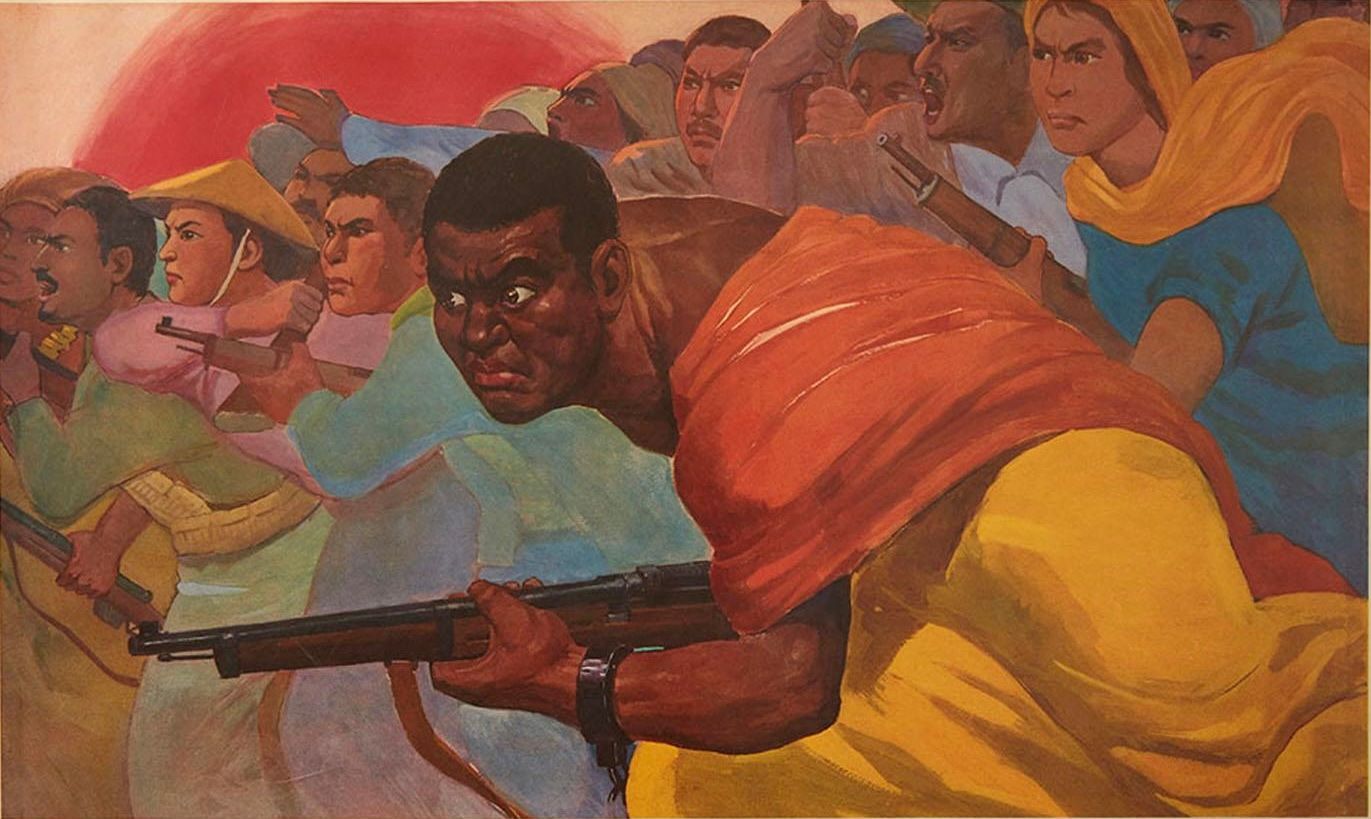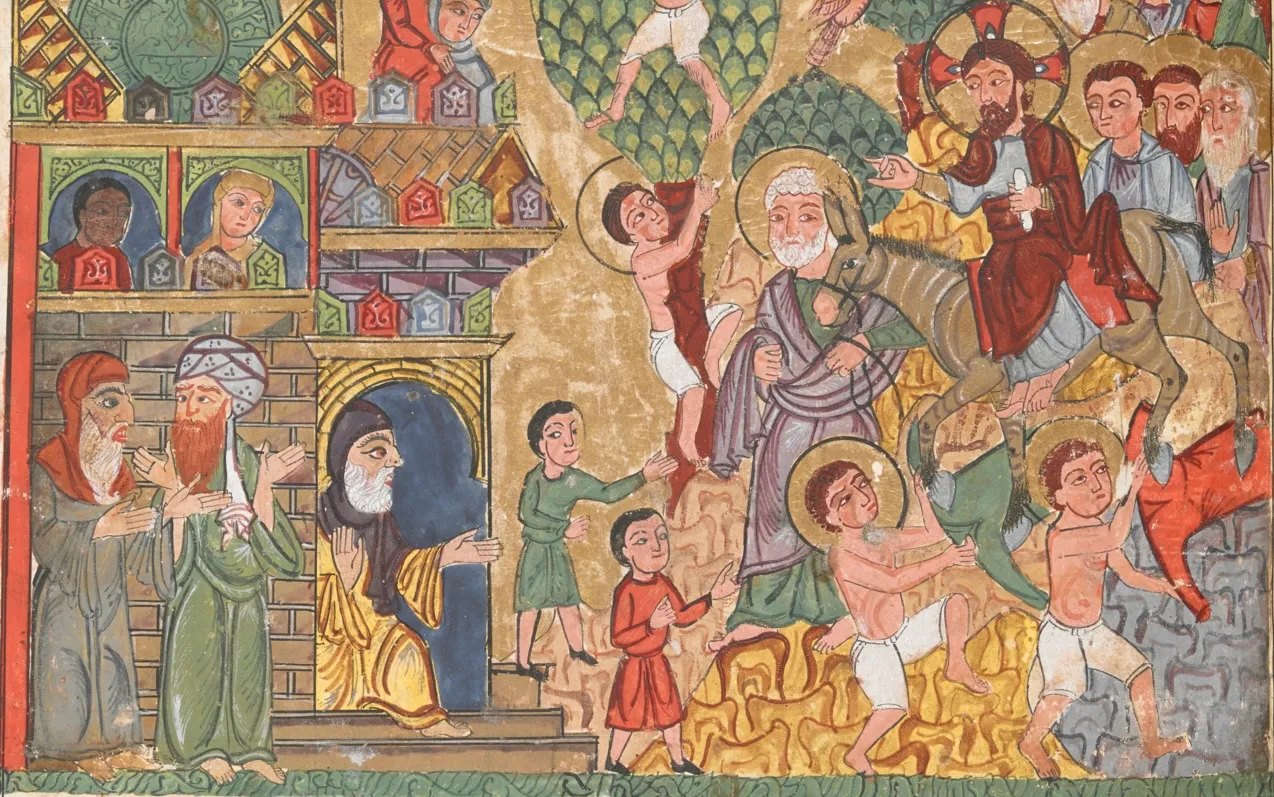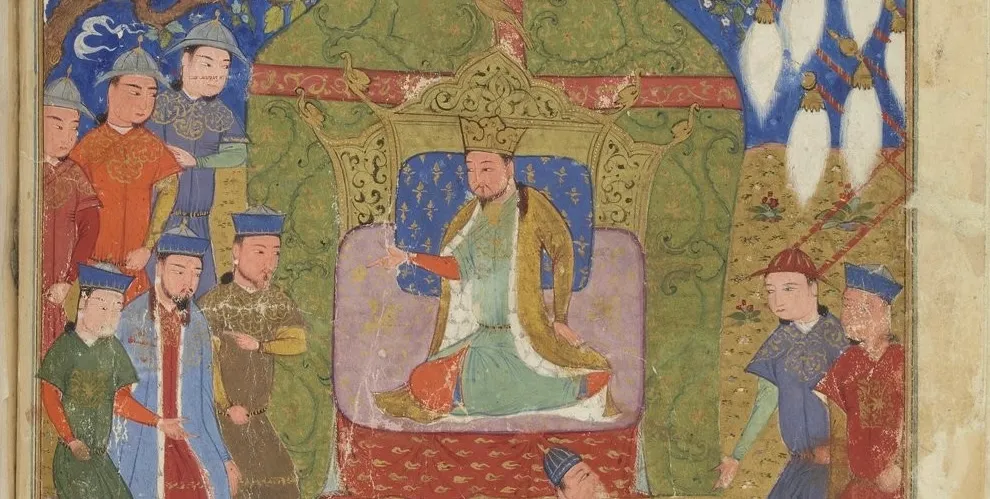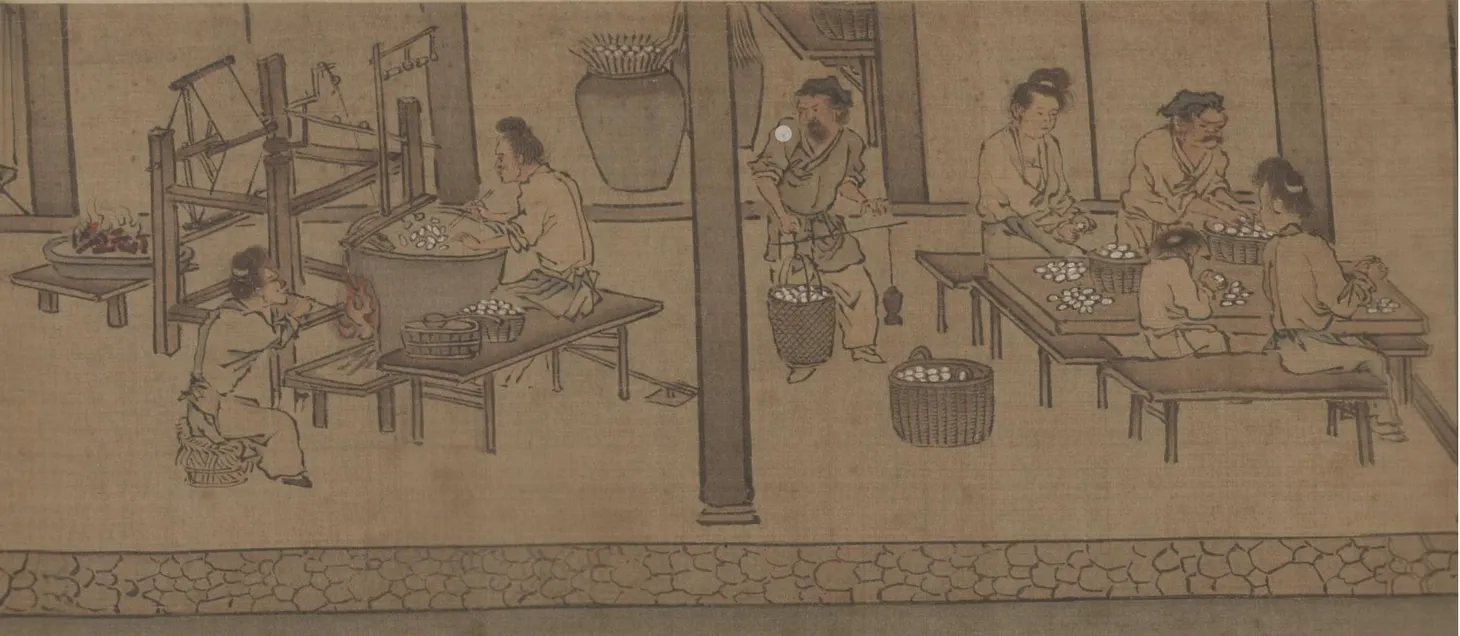“Colonialism in all its Manifestations is an Evil”: Teaching Decolonization, 1914 to Present
Discussion of how to teach decolonization in world history courses and centering the agency of colonized peoples

At the end of October, King Charles III went on a tour of Kenya. Most media discuss the sites Charles visited and the symbolism of his trip. Some stories mention the Mau Mau, but the focus has been more on Charles and the British legacy. These stories typify one of the main problems with how we frame decolonization. Too often, the story is about why Europeans ended colonization rather than how colonized peoples across Africa, Asia, the Caribbean, and the Pacific won their independence.
Historical transformations always happen because of a conjuncture of separate events. While multiple factors contributed to political decolonization in the second of the twentieth century, we want to consider how we tell the story. When we focus more on why Europeans ended colonization or how the Americans and Soviets pressured European governments, we are telling a story that presents White folks as choosing to address the gross injustice of imperialism. But when we place the actions of colonized people at the center of the story, we help students understand how colonized people’s persistent struggle to end colonization ultimately made colonialism untenable. In the recently translated Decolonization: Unsung Heroes of the Resistance, Pierre Singaravélou, Karim Miské, and Marc Ball reframe the history of decolonization:
Decolonization. Even the word is deceptive. As if the Western powers suddenly decided to give back control to the people they had conquered. As if, after engaging in such a radical form of domination, it was even possible to return to some hypothetical state of original purity. As if the historical process of decolonization wasn’t the upshot of constant rebellions lasting more than a century and extending from India to Senegal, from Algeria to Vietnam, from Kenya to the Democratic Republic of the Congo. As if the engine of change had not been insubordination, rebellion, and insurrection. Countless words and actions that in the end forced white men and women to go home. So it’s time to tell the story the right way around. From the point of view of its main actors: the people seeking their freedom. Give voice to the revolt, this breath of rebellion gusting far and wide.
Instead of continuing to center European actions in our teaching of decolonization, let’s teach a history that celebrates how colonized peoples won their freedom. For the next two months, I will write about how we can teach decolonization in a manner that centers Africans, Asians, Pacific Islanders, and West Indians. In today’s post, I plan to discuss broad themes and approaches to help frame how we teach decolonization. In the weekly Friday posts, I will focus on different points in the twentieth century and highlight a variety of sources from these different regions that can be used in the classroom.



